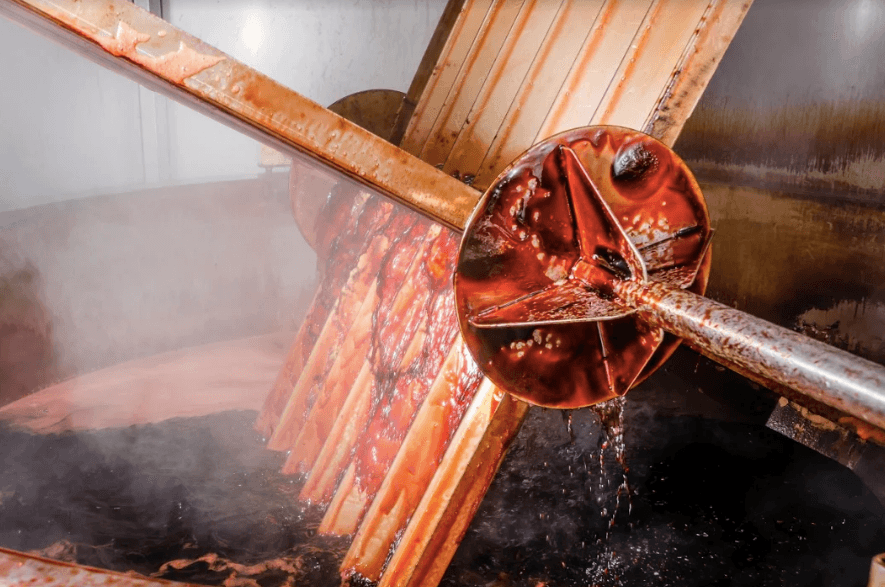MODENA, Italy—From the land of Maseratis and Ferraris comes another export that you might think you know well: balsamic vinegar.
You’ve probably seen bottles of it on supermarket shelves—but few people know that there are fake balsamic vinegars. Like Louis Vuitton bags, plenty of them flood the market, capitalizing on the popularity of the real thing.
The liquids may be made to look similar, but make no mistake that the tastes are worlds apart. The knock-offs can taste acrid, with metallic notes, and have no regulations against additives. Real balsamic vinegar is incredibly balanced, harmonizing between sweet and acid, and its production, contained within a limited geographical area of Italy, is also strictly regulated.
Where It’s Made
First-time tourists to Italy tend to make a beeline for the classic cities of Rome, Florence, and Venice, often unaware that they’ve passed by one of the country’s gastronomic treasures.
The region of Emilia-Romagna, the gastronomic heartland of Italy, is where real balsamic vinegar is produced. Modena, in particular, has gained increasing fame, thanks to celebrated chef Massimo Bottura; his restaurant Osteria Francescana has been deemed one of the best in the world. But as any chef worth his salt knows, the ingredients are the unsung supporting cast. In this area, there are culinary gems aplenty, from Parmigiano-Reggiano cheese to silky Prosciutto di Parma—each, like balsamic vinegar, with a long and ancient history.






